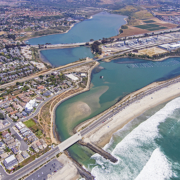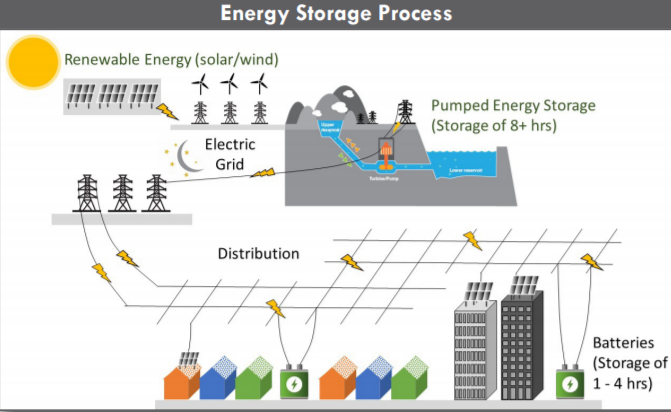Strong credit ratings for the San Diego County Water Authority will save water ratepayers across the region $67.4 million on bond sales executed Wednesday in New York — $27 million more than staff forecasted in May. All three major rating agencies – S&P, Moody’s and Fitch – recently affirmed the Water Authority’s positive ratings and stable outlook, creating the opportunity for ratepayers to benefit from lower financing costs for critical water infrastructure.
The savings resulted from the Water Authority’s refinancing of $283.5 million in Series 2020A Bonds (Green Bonds) and $117.7 million in Series 2021A (Green Bonds) senior-lien water revenue refunding bonds. Technical factors in the market provided favorable conditions – including more demand for bonds than supply – that the Water Authority team moved quickly to capture.
Most significant savings in bond refundings in the past decade
The Water Authority bonds were priced July 8 – a week ahead of schedule – and the strong credit ratings, strong bond policies, and swift action by the Board of Directors in June, helped lower the interest rates compared to what the Water Authority would have had to pay with downgraded credit. Since 2010, the Water Authority has saved a total of $235 million through 10 bond refundings, including the latest transactions.
“Thanks to strategic, courageous action by the Water Authority Board of Directors in June to set rates for 2021, the agency has secured the most significant savings from bond refundings in the past decade,” said Water Authority Board Chair Jim Madaffer. “The Water Authority maintains a strong financial position even in these difficult times, and that ultimately benefits everyone who calls San Diego County home.”
Credit ratings: Strong financial leadership, prudent strategies
In affirming their credit ratings over the past few weeks, the three rating services cited the Water Authority’s strong financial leadership, including prudent strategies to manage issues related to COVID-19, its success diversifying water supply sources, its commitment to infrastructure maintenance, and its financial reserves for managing contingencies, among other factors.
‘Investments in water supply diversification, conservative financial practices’
- S&P affirmed its highest rating – AAA– June 25. “The authority has been successful in their efforts to increase control over their supply and diversify the source of their supply. Management has also demonstrated an ability to navigate volatile hydrological cycles through adopting rate increases as needed and building prudent financial reserves and storage to mitigate variability.”
- Fitch Ratings affirmed its AA+ rating July 2. The Water Authority’s “significant investments in supply diversification, have allowed the Authority to continue to meet water demands in its service area.” Fitch also said “the SDCWA benefits from very strong purchaser credit quality.”
- Moody’s Investor Service affirmed its Aa2 rating June 29. Moody’s praised the Water Authority “for increasingly diverse sources for water supply purchases; and conservative financial practices with adopted reserve and debt policies.” Moody’s also said that “liquidity, including a rate stabilization fund, remains satisfactory and serves to insulate the San Diego County Water Authority from risks associated with variable water supplies, including California’s current drought conditions, as well as unanticipated events such as the coronavirus crisis. The stable outlook reflects our expectation that the Authority’s favorable operating performance will continue.”
“In the midst of a global pandemic and a challenging economy, the Water Authority continues proactively managing its finances and lowering the cost of debt,” said Lisa Marie Harris, finance director for the Water Authority. “We have strong debt coverage, healthy reserves and an experienced management team to sustain our fiscal health.”
For more information about the Water Authority’s finances go to: www.sdcwa.org/finance-investor-relations.
Series 2020A – Taxable Refunding
Issue Size: $283,470,000
Bond maturities: 2024-2034
Bond yields: .59% – 1.95%
Refunding savings: $38.7 million
Savings as % of refunded bond par: 15.3% (board min savings 2-5%)
Top Investors: Progressive, Morgan Stanley, Goldman Sachs, and State Farm
Series 2021A –Tax-Exempt Refunding (Forward Delivery)
Issue Size: $117,690,000
Bond maturities: 2022 – 2031
Bond yields: .45% – 1.13%
Refunding savings: $28.7 million
Savings as % of refunded bond par: 19.7% (Board Min savings 2-5%)
Top Investors: Vanguard, Alliance Bernstein, Seix Investors, and MIZUHO Bank






